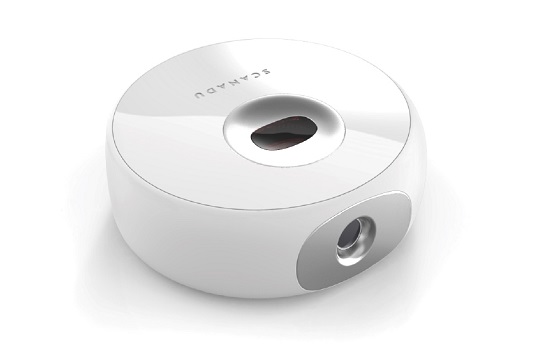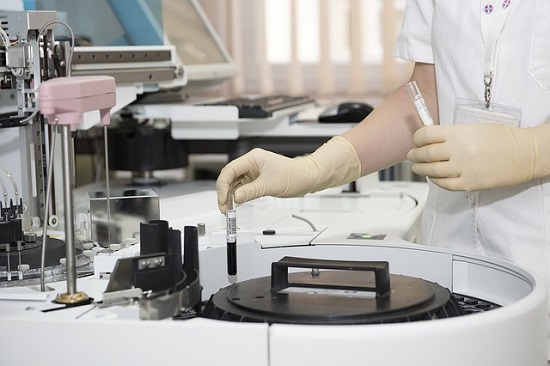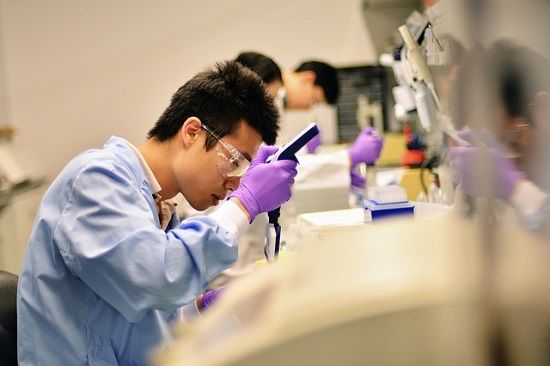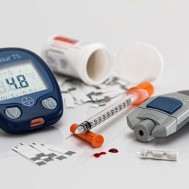Disruptive technology is a term used to describe new innovations that displace established practices. Thanks to new advancements in robotics, materials science, 3D printing, rapid prototyping and cloud technology, the medical device industry will change manufacturing as we know it.
Let’s take a look at three different ways:

1. A shift in designing for consumers rather than hospitals. To reach more consumers, the medical industry needs to be present where its customers are. According to the PwC Health Research Institute, nearly 90 percent of U.S. clinicians think mobile apps will become essential to patient health management over the next five years.
“It’s about continuing to evolve the product design the right way,” notes Katy George, McKinsey’s expert in operations practice and pharmaceutical products. “It’s very difficult in this industry compared to some others for a couple of reasons. One is that you have multiple customers: You are designing for the patient, for the physician, for the procurement officer of the hospital, for the payor, for the regulator. So it’s very different from doing a market-research study with consumers on what you care about in your hair dryer.”
The ScanaduScout device, for example – based in Silicon Valley – is a great display of designing for consumers. The Scout measures pulse oximetry, temperature, heart rate, ECG and other variables for the user.
Manufacturers must transition toward a more integrated approach to design, manufacturing and operations – likely to create change in business functions and the supply chain.

2. Demand for medical devices will allow 3D printing to take off. The U.S. currently ranks as the largest market in 3D printing, accounting for nearly 60 percent of the overall market, according to a Global Industry Analysts, Inc. report – but it’s only the beginning. In time, more sophisticated and accessible design tools will allow 3D printing to completely transform the medical industry.
Take 3D-printed prosthetic knees, for example. Right now, companies manufacture them in several different sizes and bring a kit to the hospital to choose which one to use in surgery. Once used, the kit must be returned, replenished and sterilized. In the future, prosthetic knees will be exactly fit to somebody’s size, immediately printed at a regional lab and delivered into the surgery.
“There will be better outcomes, better product and a completely different supply chain,” says George. “There might even be a different business model as to what the role of a manufacturer is versus the role of a distributor, versus the role of the hospital.”

3. Customization and multifunctionality at the manufacturing forefront. A Frost & Sullivan report cites a growing trend of manufacturers making multifunctional devices that can be used for a range of applications, as well as customized devices that can be developed at a rapid pace.
In a study by the Food and Drug Administration, the following six technologies have been elaborated as highly likely to prefigure medical device innovation over the next decade:
- Electronic technologies: robotic devices, IT systems and wireless systems
- Detection, diagnosis and monitoring technologies: Sensor systems, patient monitoring systems and early detection and diagnosis
- Decentralized care technologies: home and self-care devices and telemedicine systems
- Minimally invasive technologies: molecular therapies, miniaturized devices and acoustic devices
- Synthetic organs, tissues and combination device technologies: infection-inhibiting devices and materials-based devices
- Demographically oriented technologies: aging-related devices and augmentation products
Big data makes these innovations possible. Not only will patients have greater access to their personal health information, but manufacturers will be able to stay connected to their equipment and their customers. Qmed highlights big data as one of the top five tech trends driving medical devices forward.
“As these technologies evolve and IT infrastructures improve, so will the number of medical devices that are linked to them, making them ‘smarter’ and better at optimizing treatment,” says Brian Buntz of Qmed.
The rise of medical design technology will change the manufacturing industry, but will give many manufacturers, designers and inventors renewed opportunities for innovation. With greater access to materials and quicker turn-around time, workers will have more freedom to experiment – and succeed – with designs and models for the medical industry.
How do you think medical devices will disrupt the industry? Which ones have a long way to go? We’d love to hear your thoughts on Twitter @AppleRubber.
